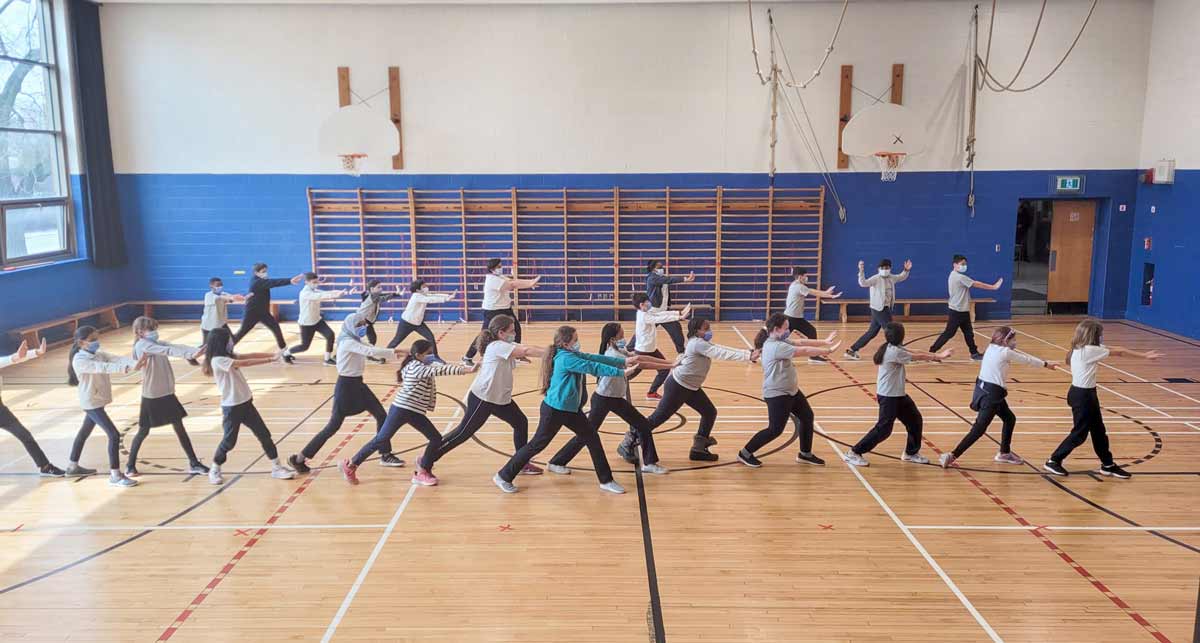Mindful seeing invites us to look outward

by Danika Swanson
Spring is in the air and unfolding all around us! It is the perfect season to introduce the practice of mindful seeing. In past editions, we practiced paying attention to sound, breath, body and thoughts. Now we are going to practice paying attention to what we can see with our eyes.
While most mindfulness practices invite us to look inward, the practice of mindful seeing asks us to look outward, to notice and be present with what is all around us. In mindfulness practices, especially when we’re getting started and for kids, it is helpful to have something on which to focus our attention. This can be the breath, a word or external stimuli. Whatever we choose as our “anchor,” it gives us something to return to when we notice our mind wandering.
Like all mindfulness practices, practicing mindful seeing can improve attention, self-regulation and well-being. But this specific practice, in its invitation to slow down and be mindful of our surroundings, helps hone the skills of observation, taps into children’s natural curiosity and encourages greater appreciation and awareness of what is around us.
If you guide your children in this practice, you can offer them vocabulary to describe things they notice and prompt them to pay attention to colour, movement, texture, shape, size, etc.
Practice:
- Settle into your mindful body.
- Keeping your body still, slowly move your head to look around the room. Move slowly and look carefully.
- Observe as many details as you can. Can you notice something you haven’t noticed before?
- Look for about one minute. (You can keep your focus broad or narrow in on a specific object).
- When your mind wanders, gently bring your attention back to seeing.
- Close with one mindful breath.
- How does it feel to look around the room carefully, noticing what is around you? What did you notice? How might mindful seeing be helpful for you?
Alternative ideas:
- Try doing this at different times of day or over the course of a few days or weeks. What remained the same, what changed? What did you notice?
- For children who benefit from more concrete directions, have them pick an object to focus on, asking them to notice as much detail about that object as they can (size, shape, texture, patterns, colour, etc.) What can they notice when they really focus on an object?
- Children who need to move can try this while walking mindfully.
- With younger kids, you can reverse the directions, like a game of “Eye Spy.” For example: “Name something blue. Name something smooth. Name something round. Find something you hadn’t noticed before.”
Danika Swanson is the consultant for the Spiritual and Community Animation Service at the English Montreal School Board and was trained by Mindful Schools to teach mindfulness to elementary and secondary school students.
Resources for mindful seeing
Audio: Guided Meditations for Children: Mindful Seeing:
https://annakaharris.com/mindful-seeing/ (3:45 and 4:48)
Video: Bubble Bounce! Mindfulness for Children (Mindful Looking):
https://youtu.be/UEuFi9PxKuo (4:02)









